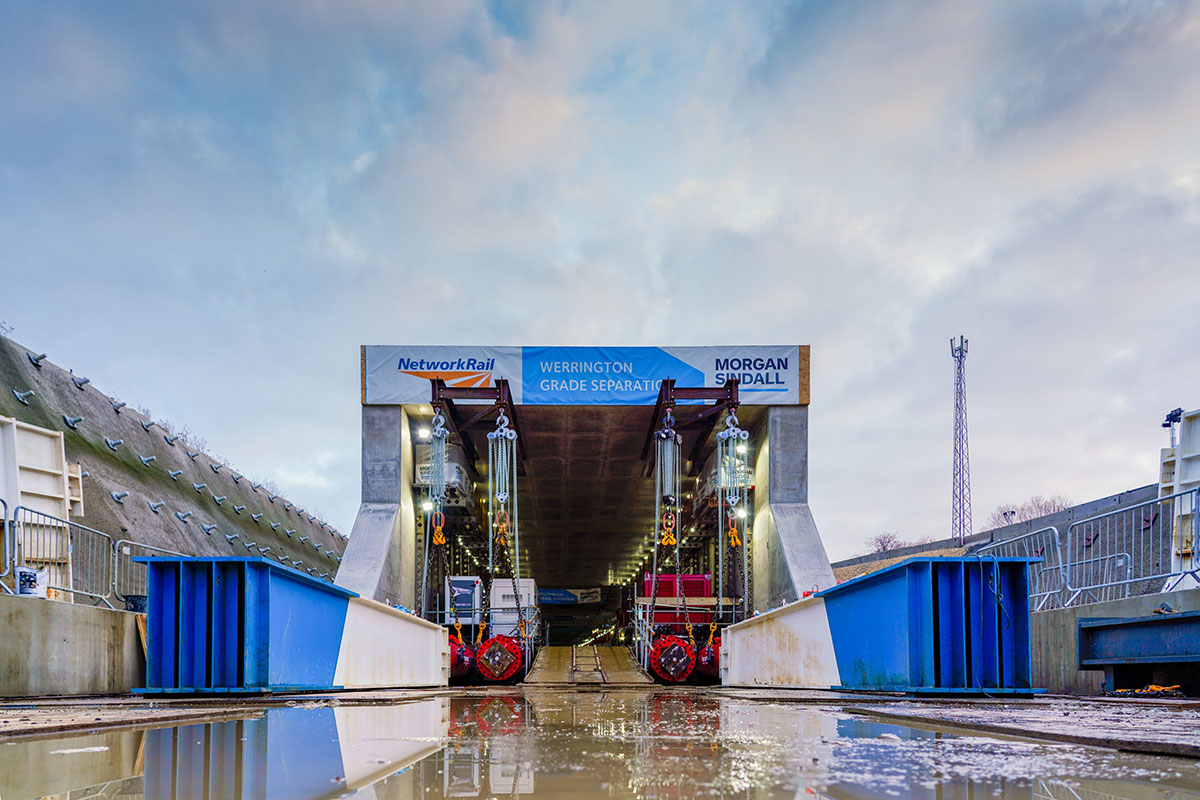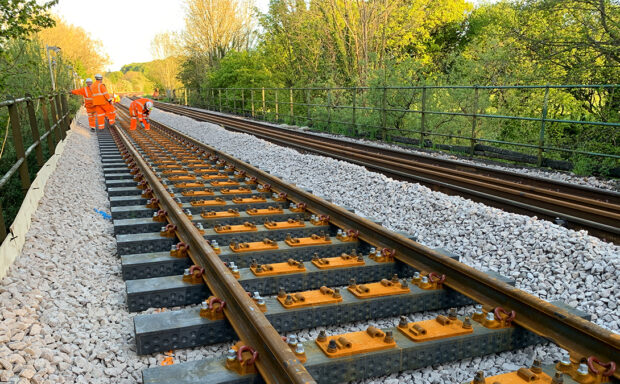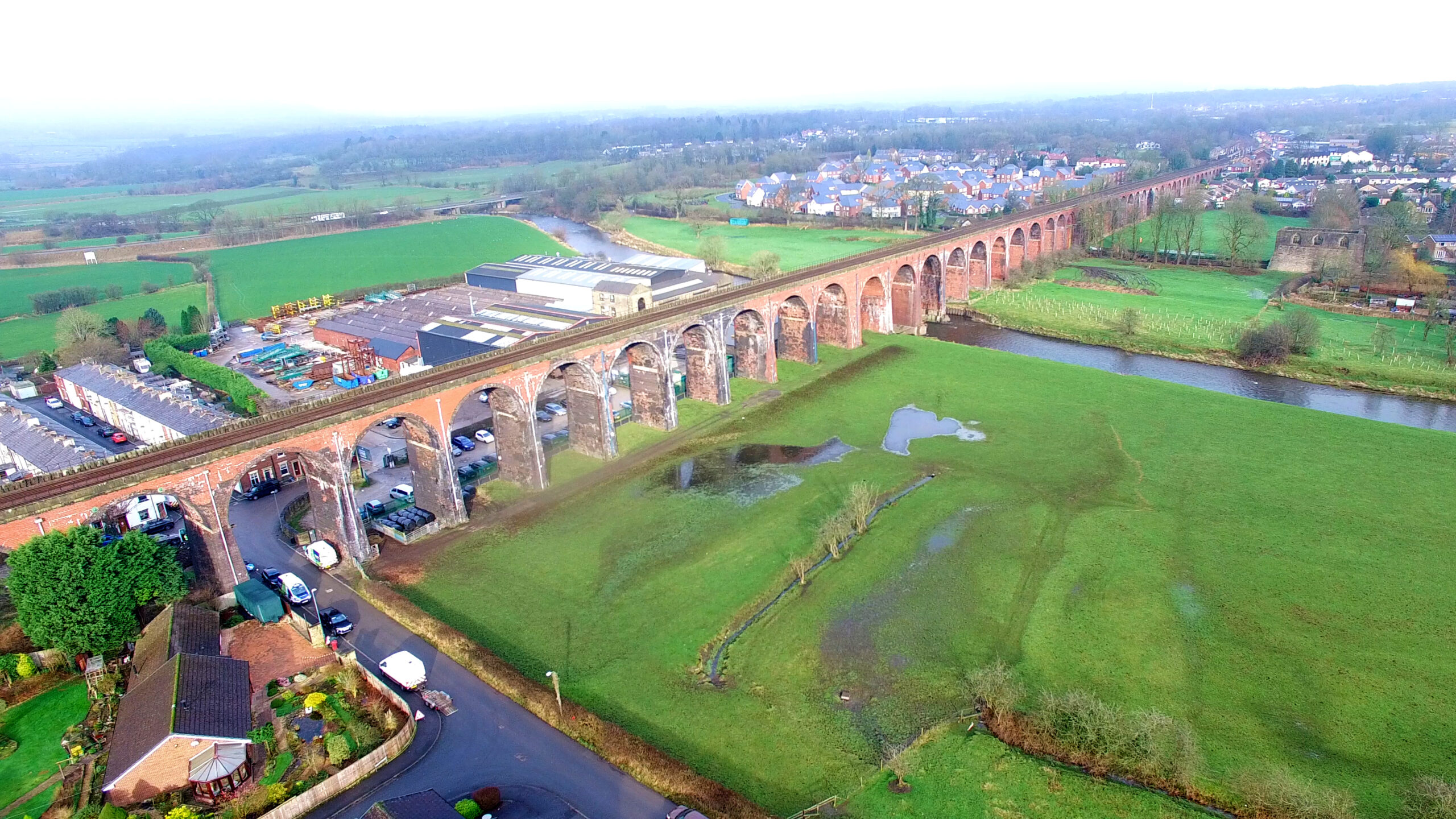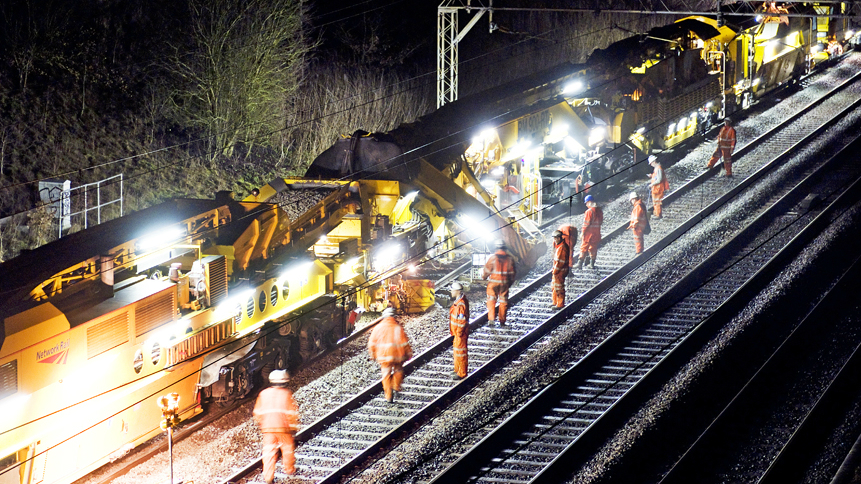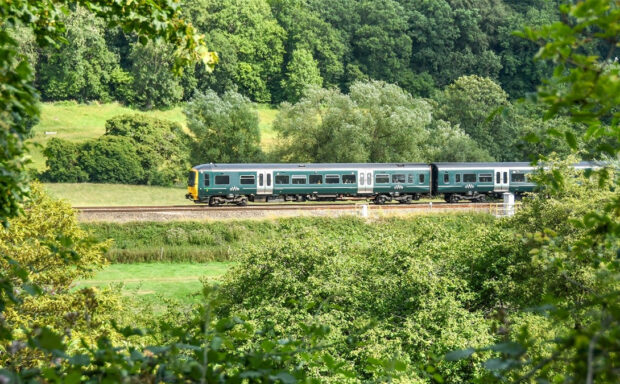This World Engineering Day we look back at six times we witnessed amazing feats of engineering around Britain’s railway.
Watch this video for more:
1 – Farnworth tunnel breakthrough
What does digging through a tunnel look like? Well, in 2015, Britain’s biggest tunnel-boring machine broke through the Farnworth Tunnel in Bolton. The next stage of a reconstruction project for Farnworth tunnel would soon begin. We enlarged Farnworth tunnel to house two electrified lines, as part of our Railway Upgrade Plan to give you better and more reliable journeys. Electrification of the line from Manchester to Preston, via Bolton – one of the busiest in the north west of England – would help create more space on the route for more passengers.
2 – A tunnel within a tunnel!
It’s 11,000 tonnes, weighs more than the Eiffel Tower and is a first for UK engineering. In January, we pushed this huge curved concrete box under one of Britain’s busiest railway lines, near Peterborough. Actually, we pushed this concrete box inside guide tunnels – at just 150cm an hour. Read more here.
3 – The time we jacked up a bridge
One of our all-time favourite modern engineering moments was when the Rail Safety and Standards Board (RSSB) teamed up with Network Rail and the Department for Transport to try to find ways to avoid reconstructing bridges during electrification projects.
Overhead line equipment has to be installed to electrify the railway. This usually means there needs to be a greater distance between the railway and any bridges above, so the overhead equipment fits beneath the bridge. Typically, the methods to create this extra headroom are either lowering the track or demolishing the bridge arch and replacing it with a precast concrete unit.
Where possible, we avoid reconstructing bridges because it’s usually the most expensive option and can disrupt the road and rail network. It can be the best choice if a bridge is in poor condition but technical alternatives can provide solutions that avoid this costly reconstruction.
One of the proposals that made it to this final stage of our collaboration with RSSB was from Freyssinet and Bill Harvey Associates, which developed the bridge-jacking solution ElevArch. It now has UK and international patents and has won numerous industry awards.
Watch the full video:
4 – What do lasers have to do with a Victorian railway bridge?
In November, laser scanners and drones mapped every inch of the iconic Ribblehead viaduct as part of a major restoration project to secure its future for your journeys.
An essential upgrade to brickwork and drainage got underway on the 144-year-old structure, which carries the historic Settle to Carlisle railway 400 metres across the Ribble valley.
As part the £2.1m Great North Rail Project investment, North Yorkshire’s most recognisable railway icon was 3D scanned and turned into a computer model by surveyors.
This detailed digital recreation would help engineers make repairs now and closely monitor areas needing any further attention in the future.
5 – Seventy-thousand images a second!
We’ve bolstered our ability to reduce delays caused by track faults, improving safety and saving the taxpayer millions of pounds.
In January 2019, we opened a second Plain Line Pattern Recognition (PLPR) facility in Derby to increases our capacity to monitor, inspect and fix track faults.
PLPR is an important part of our ‘predict and prevent’ strategy. It’s state-of-the-art technology that monitors and records track condition information, and can find issues such as missing fasteners, excess ballast and ineffective rail clamps.
A fleet of five monitoring trains, including the New Measurement Train (NMT) – the most technically advanced train of its type in the world – uses it.
Cameras mounted underneath the trains capture an image every 0.8mm, taking 70,000 images a second at the top speed of 125mph.
PLPR identifies potential defects and sends them to our expert inspection team in Derby. Local track section managers then receive information about confirmed defects, enabling engineers to target track maintenance more effectively.
6 – Liverpool Lime Street enters the fourth dimension
Our huge upgrade of Liverpool Lime Street station, which officially completed in October 2018, used virtual reality to carry out 4D modelling during preparations for the work – an emerging but hugely progressive technology application for the railway.
This reduced the amount of time needed on track and the potential to impact on train services. It also allowed planners to avoid overlaps between different engineering teams and identify potential risks and hazards that could have potentially affected the railway’s reopening.
Read more about Lime Street’s huge upgrade here.
Read more
- World Engineering Day
- How did we build a tunnel within a tunnel … and why?
- From plot to platform: how fast can we build a railway station?
- How we built a railway station in six months
- Research, development and technology
- Rail innovation and development centres
- Reliability boost through multi-million-pound investment
- Inside Network Rail – watch our videos about what it’s like to work in engineering at Network Rail
